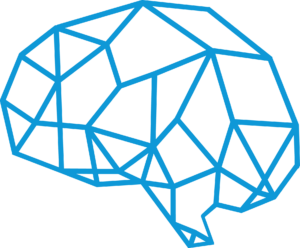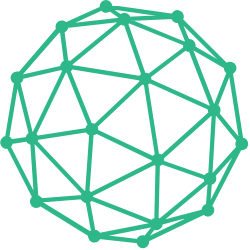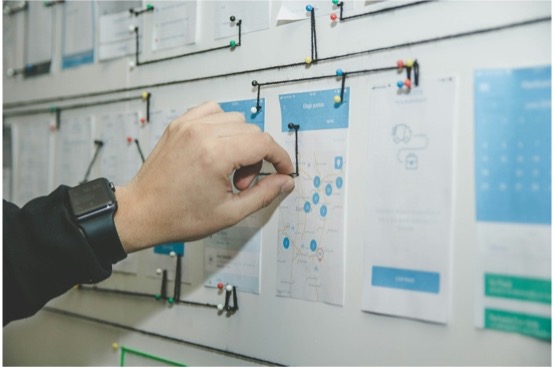CUSTOMER EXPERIENCE STRATEGY
Put customers at the heart of everything you do
At The Strategy Group, we are here to guide your organisation through your customer experience journey.

A CX Strategy Designed with Your Audience in Mind
It’s time to get proactive not reactive with your customer experience journey.
Customers should be at the heart of everything you do. It’s the promise you keep to the people who matter.
With brand loyalty and customer retention critical to business success, creating a customer experience that will deliver consistency at every touch point is vital to fuel growth.
However, CX doesn’t have to be complicated.
With The Strategy Group, your CX strategy can align with your brand’s vision and drive seamless interaction, maintain customer loyalty and help your business stand out in competitive markets.
Start your journey to transform your CX into a powerful engine for long-term success with The Strategy Group.

WHAT’S THE DIFFERENCE?
Your Customers Deserve the Best Experience
Your business is unique, and so are your customers.
And that’s why you need a unique and tailored CX strategy to ensure your customers feel heard, seen, and respected. With a CX Strategy from The Strategy Group, you can ensure real change from the inside out, with customers that feel valued, seen, and heard.
Every customer is different, and that’s why a CX strategy designed and implemented for your business needs is vital for your growth.
HOW DOES THIS HELP YOU?
Delight Your Customers with a New CX Strategy
Understand where you’re at and see where you need to go to implement a customer experience strategy that works. Enjoy loyalty, retention, and new customer growth with a fresh, new strategy designed specifically for your business.
Leverage The Strategy Group’s decades of experience and instil a CX strategy that’ll transform your business.
Customer Experience Strategy Insights
Developing an Idea-to-Execution Innovation Framework
Innovation Benchmark Assessment & Current State Analysis
Refreshing the Customer Experience Strategy for Wyndham City Council
Transforming the Customer Experience Journey into an Exceptional Experience
How Councils can compete with the rising expectations of their communities
The Significant Decline of Customer Service in Australia
Why The Strategy Group should be your strategy partner
We will work with you to design and support implementation of a strategy for your business unit, for your entire organisation, or for any segment of your organisation where a fresh approach will add value.
We will use a combination of globally-recognised leading-edge processes, coupled with our proprietary validated toolbox to develop a bespoke, customised strategy, which we can assist you in implementing, that will deliver tangible impact and value to your organisation, employees and customers.
We have been designing and implementing strategy solutions since 2003 and we have the expertise and the experience not only to deliver, but to overdeliver.











